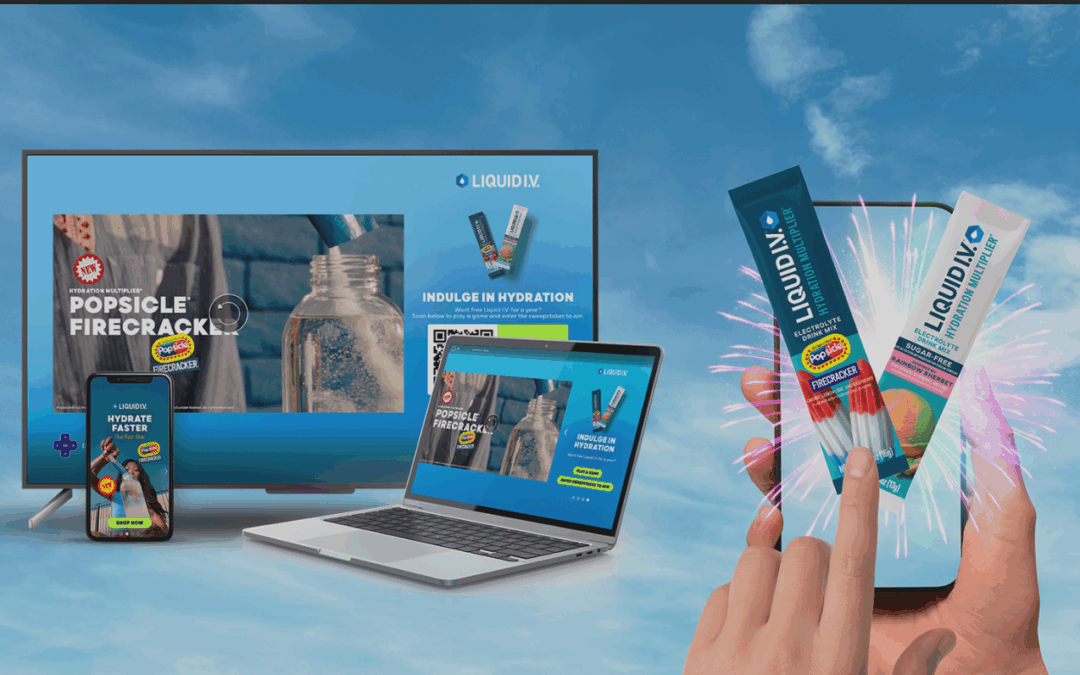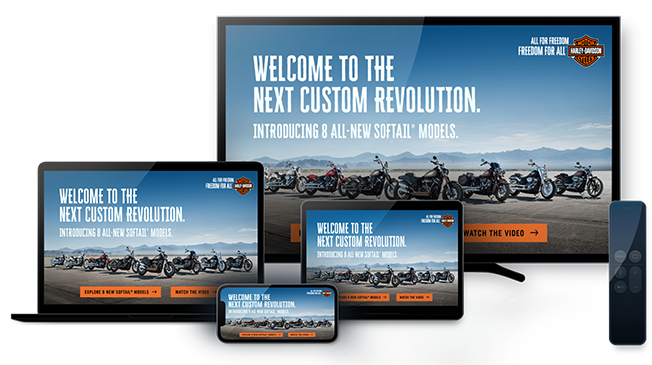How “Staying Human” Will Give the Ad Industry a Better Future

Media’s changing fast. So how will the decisions the industry makes now affect its future in a few years? A panel hosted by Infillion at Advertising Week New York, titled “The Road Map To Media’s Connected Future,” took on this topic head-on. Moderated by Andrew Dawson, Infillion VP, the panel concluded that humanity needs to be the focus for an AI-obsessed advertising industry.
After all, at the center of these rapid changes in media is the question of where it matters to “be a human.” That issue underpins every major debate in advertising right now, from the increasing digitization and automation of what were once human-driven processes to the global restructuring of what we consider to be “work” – and what work need to be done not just by humans but by humans working together in-person as opposed to virtually.
Dawson was joined by a group of agency leaders from across the media buying landscape: Leah Askew, SVP and head of Precision Media at Digitas; Jennifer Dass, chief transformation officer at Initiative; Amanda DeVito, chief marketing officer at Butler/Till; and Samantha Hoffmann, programmatic practice lead at Wavemaker US.
“I think you have to double down on the human side of our business from a leadership perspective – emotional intelligence, soft skills,” said Butler/Till’s Amanda DeVito. “I think [automation] is going to free us up to be more creative, to allow more collaboration.”
The importance of staying human.
Agencies are also learning that automating absolutely everything – including when it comes to programmatic buying – isn’t always the answer when it comes to maximizing results for clients. Rather, programmatic is a powerful part of a more comprehensive, holistic media strategy. “Ten years ago I was ruthlessly trying to educate everyone on programmatic, and trying to direct every dollar to programmatic,” Leah Askew of Digitas said. “For years that’s what I was pushing for – technology and consolidation – and now I’m meaningfully taking a step back and saying, maybe not. Let’s talk about attention. Let’s talk about quality.” In Askew’s opinion, that involves a combination of programmatic and direct buying, incorporated thoughtfully into a media plan.
Samantha Hoffmann of Wavemaker noted that because the programmatic landscape has gotten so much more complicated, that ironically makes it need more human guidance. “There was an ease when we had just a couple of platforms, a couple of DSPs, a couple of ways to activate supply,” she said. “But now, to the point of fragmentation, or trying to solve for privacy concerns or data management concerns, we have to be more consultative at every single piece. That may mean that I’m recommending that something be bought in a non-programmatic way.”
“We definitely don’t want to take the human aspects out of the business,” Jennifer Dass said. “We have to be creative and strategic. That hero creative [in a campaign] should still be from a creative mind that is actually developing the brand voice.”
Sustainability enters the spotlight.
There’s an unexpected upside to being able to lean on programmatic buying and other AI where it’s most effective: That means more time to focus on more “human” aspects of the business that may have been a “nice-to-have” at one point, but which now are imperatives.
One of those is sustainability. The energy consumption of an increasingly automated and AI-driven advertising industry, from water use to the strain on the electricity grid, has come under increasing scrutiny. And it’s a problem that humans have to solve, well, as humans.
“We have an entire sustainability practice,” Jennifer Dass said of Initiative’s business. “A lot of our clients hold us accountable to sustainability, and those metrics, and being environmentally friendly.”
From Amanda DeVito’s perspective, this isn’t just a sustainability imperative, it’s an advantage. Butler/Till, an independent and employee-owned agency, is a certified B-Corp. In a complex advertising world, this is a selling point for their business. It also holds them to a high standard.
“When we talk about our media partners and our technology partners, we have to talk about what their environmental practices are,” she explained. “We talk about supply path. We even talk about compressing images in display.”
Looking at company culture.
The overall culture of an agency, and its levels of employee engagement, can also have serious implications for its success in an era of rapid change. It’s an awkward time for this in advertising, considering that COVID-era work-from-home policies are ending and many agencies want employees back in the office in-person. Employees, in some cases, have pushed back.
“It’s not natural to be back in the office,” Samantha Hoffmann said of the post-COVID era, emphasizing that the workplace in addition to the business has to center humanity and give employees a reason to understand why human interaction matters. “You have to go above and beyond to create – whether it’s team outings, or trainings away from their desks – you end up getting better value out for the clients and the business you’re going to drive.”
“It’s a change. Everybody’s going through it,” Leah Askew said. “This is a relationships business. We are deeply connected to the market. I think being together drives creativity, but also fostering togetherness with all our partners is so important.”
“Bringing your authentic, whole, happy self to work really does make a difference,” Jennifer Dass concluded.
Want to learn more about being at the forefront of advertising, retail, and shopping trends? Follow Infillion on LinkedIn for our latest research and insights.
Subscribe to our blog:
Related Posts:

Liquid I.V. Case Study: From Summer Slump to Record-Breaking Growth
Imagine getting 40% brand preference lift with one campaign. That’s not a typo. In a single seasonal campaign, Liquid I.V. tripled the beverage category average for brand preference — and did it during the hardest months to reach consumers. The Challenge Summer means...

The World Cup Comes Home: Why 2026 Should Be A Defining Moment for Your Brand
When the World Cup lands in North America in 2026, it will bring the world’s biggest sporting event to the forefront of American media consumption. The last time the World Cup took place, in Qatar in 2022, matches aired during early morning and midday hours in the...

Retargeting Reimagined: How Smart Sequencing Turns Attention Into Action
Attention is the ultimate scarcity in advertising, and it’s never been more true than in today’s media ecosystem. Consumers toggle between apps, scroll through endless feeds, and stream on multiple screens simultaneously – which means the average brand message has...
Let's Connect
We can help you create the personalized ad experiences viewers expect.

